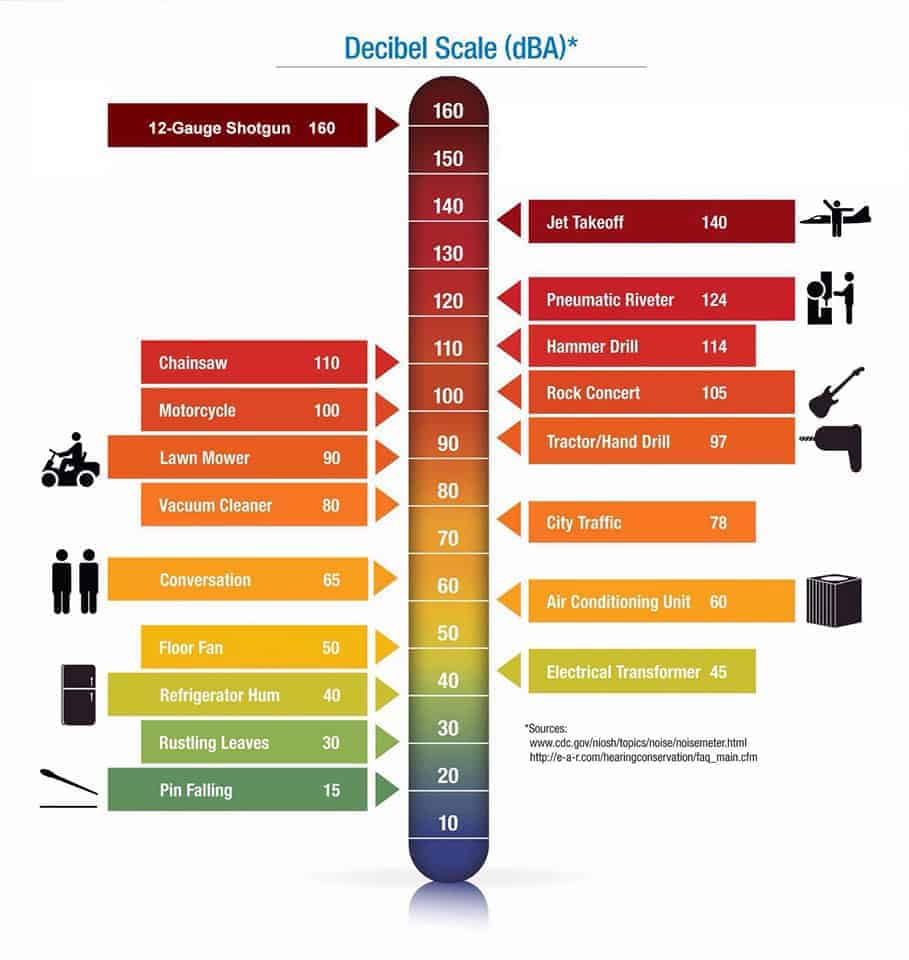Soundproofing Test for Our Roller Shutters
We wanted to test our products against roller shutter industry’s claims that shutters block “up to 50%” of external noise. Here are a few claims we found to test:
-
- “I can’t imagine roller shutters helping much”
- “3-10 decibels”
- “up to 50%”
- “roller shutters don’t block that much noise”
- “only reduce sound of up to 20%”
Our biggest competitor, and the most well known shutter company in Australia, claims “up to 50%.” Our shutters have now been proven to smash that number. Let’s dig into the tests!
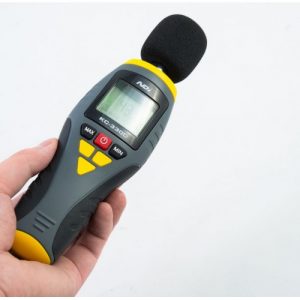
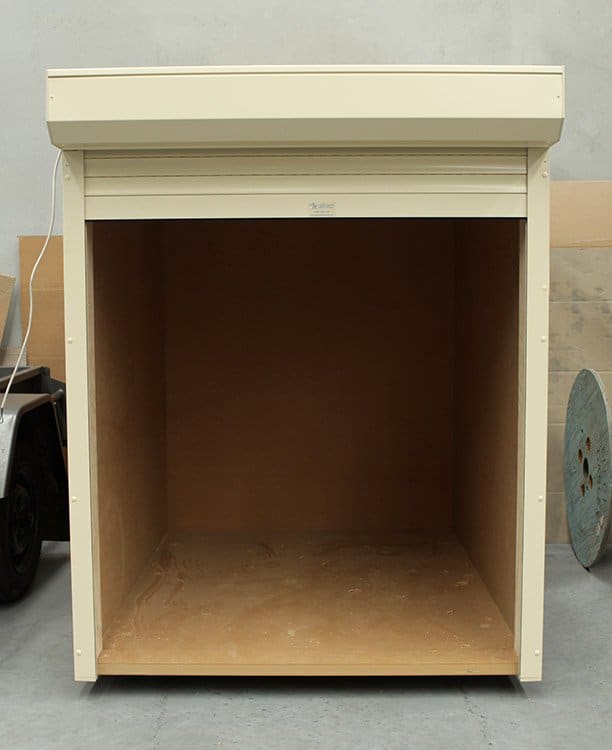
So, how did we conduct the tests?
First, we bought the NDI Decibel Meter (above). The device measures the decibel level through an attached microphone. We were looking for the “max” decibel level in all of our tests to see at high volumes, how much sound was blocked out.
We have a purpose-built box with a shutter attached (left) that we have built to run a series of tests this year. We will be testing sound, heat, cold, bushfire protection, home security and any other tests we can think to run. We did NOT have a window on the shutter so all test results are shutter-only, not including a single or double paned window.
What sounds are annoying or persistent? We chose: jackhammer, party music, white noise, and several steady tones. We then ran a rainbow of tones through and tried to get it as loud as possible. We don’t suggest subjecting your own ears to anything over 14000 hz as it’s painful but if you’d like to test, we used this frequency generator set as loud as the external speakers would go.
Then we blasted each sound for 30 seconds and recorded the max decibel level, closed the shutter, let it settle to a quiet level, and then blasted the same sound again for another 30 seconds.
Our test used a variety of sounds, frequencies and pitches to ensure maximum viability in the real world when you install shutters on your home.
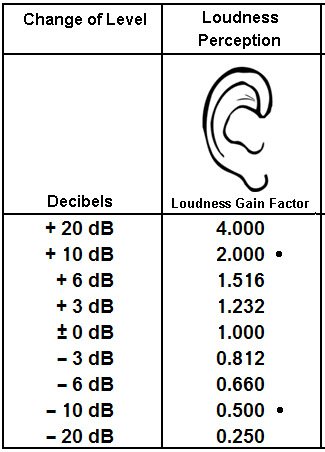
How Would We Measure Results?
There’s a lot of confusion with how to measure sound test results so we took our time to ensure we were measuring the right metric. For instance, you could have an ambient decibel level (db) of 40 in a quiet room. If a sound with the window open is 80 and the sound with the shutter down is 60 you could call that a “50% reduction” (60 being halfway from 40 to 80) or a 25% reduction (taking 20 off 80). Neither are correct.
The correct way to measure sound reduction is through a change of level. For every 10 dB increase, the perceived loudness of sound doubles. For every 10 dB down it halves. A change from 80 to 60 is 20 dB, which is a 75% noise reduction.
Make sense? See the charts to the left & right for more information on what the data means.
We then stuffed our Marketing Manager into the box along with the device and a notepad. (Good luck writing in the dark!)
He reset the device each time and kept track of the max levels for each sound. He also threatened to test the security of the shutter if we left him in there too long.
What Did We Learn?
First, writing in the dark is very messy. Bring a light source. Second, the box wasn’t fully sealed like it would be on a home so there was a bit of sound going around and under the shutter. This means that the roller shutter would actually block more sound than we found in our tests.
So let’s see the actual data!
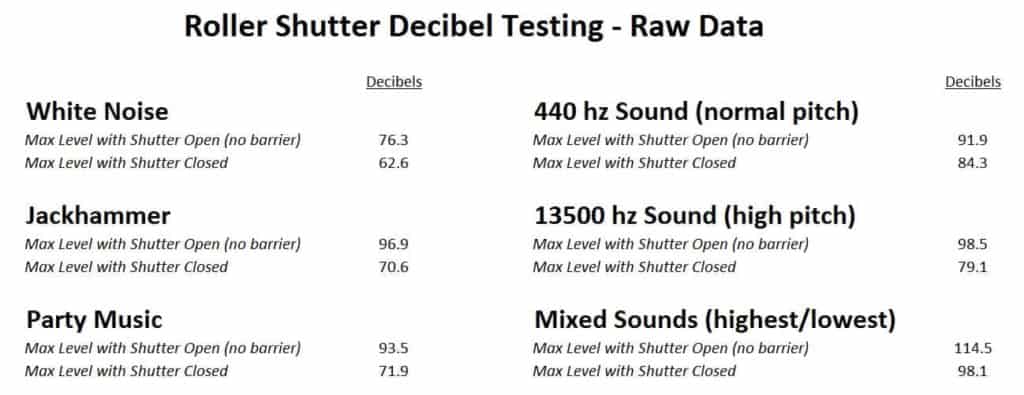
Our roller shutters blocked up to 26.3 dB of sound on the jackhammer test. That’s more noise reduction than a really good pair of noise protection ear muffs (Noise Reduction: 26.0)
Statistically, EzyFit Roller Shutters block out up to 80% of perceived loudness based on our testing. Our shutters block out way more than the 50% advertised by our competitors and do significantly reduce the sound in your home. Keep in mind we didn’t have a window in place and we’re evaluating a shutter-only solution. Windows open & no shutter vs window closed with a shutter would be an even more drastic sound reduction performance.
If you want to see these results for yourself, you’re welcome to drop by the office and we can lock you in the cabinet until you agree with us. 😉
We hope you’ve enjoyed this thorough look into our sound tests. If you’re interested in soundproofing your home office or studio, contact us and let’s get started.


